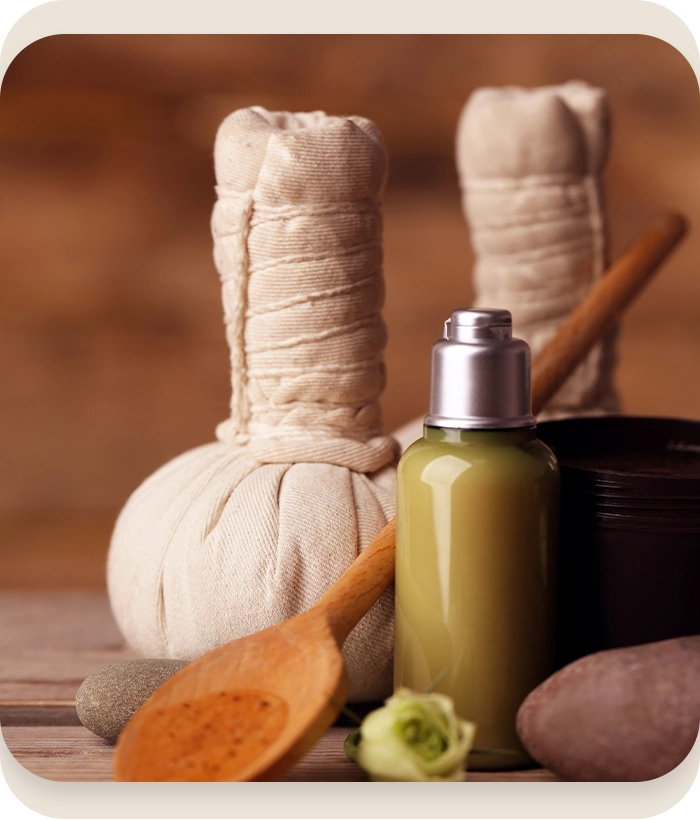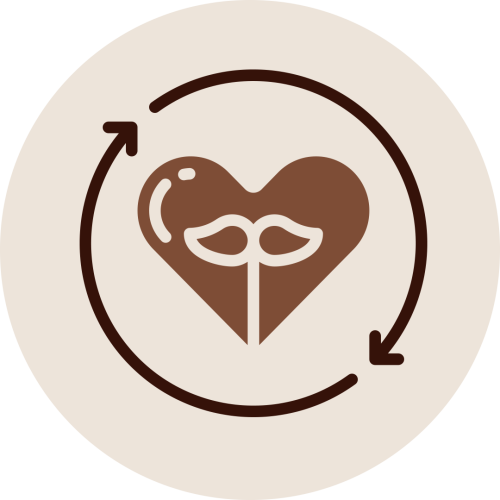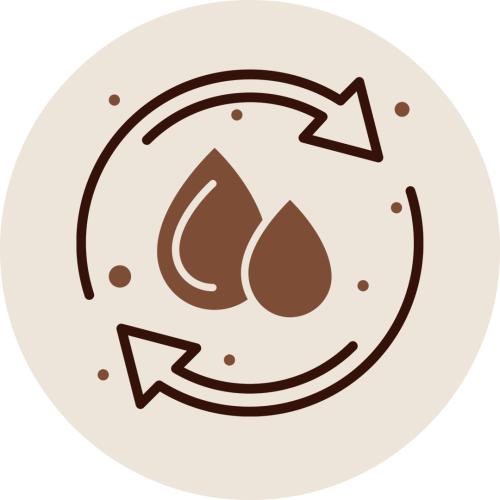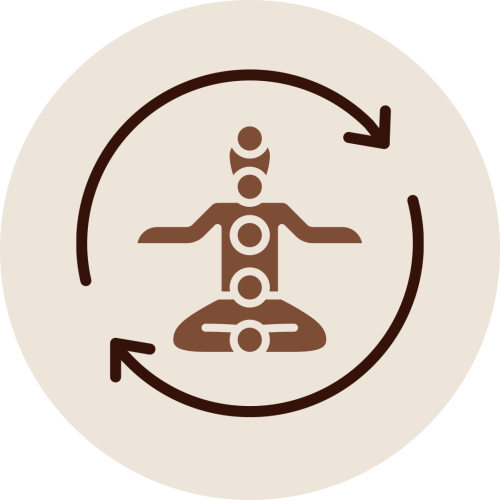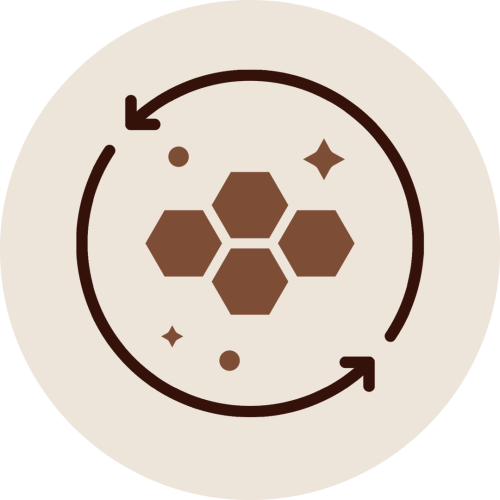The Virechana procedure is a structured and carefully supervised process that typically spans several days, ensuring a thorough and safe purification. It follows a three-stage approach:
Preparation: This stage can last from 3 to 7 days and is essential for preparing the body for detoxification.
- Internal Oleation (Snehana): The patient consumes a specific dose of medicated ghee each morning on an empty stomach. This internal lubrication helps to soften and mobilize toxins and excess Pitta from the deeper tissues and channels of the body, bringing them to the gastrointestinal tract.
- External Oleation and Fomentation (Svedana): Daily full-body massages with medicated oils followed by a steam bath are performed. This heat application further aids in liquefying the toxins and moving them toward the digestive system for elimination.
Main process: This is the day of purgation. On an empty stomach, the patient is given a dose of a medicated purgative specific to their condition. Common purgatives include castor oil, senna leaves, or decoctions of Triphala, Haritaki, or other herbs. Over the next few hours, the patient will have multiple bowel movements, which expel the mobilized Pitta and toxins. The physician closely monitors the frequency, consistency, and nature of the stools to ensure a proper and complete cleansing.
Post-treatment Care: This phase is crucial for re-establishing the digestive fire (Agni) and restoring the body’s strength. A specific dietary regimen called Peyadi Kram is followed, where the diet is gradually re-introduced. It starts with light, liquid foods like rice gruel and slowly progresses to regular meals over a few days. The patient is advised to avoid strenuous activities, cold exposure, and foods that are heavy, spicy, or difficult to digest.


